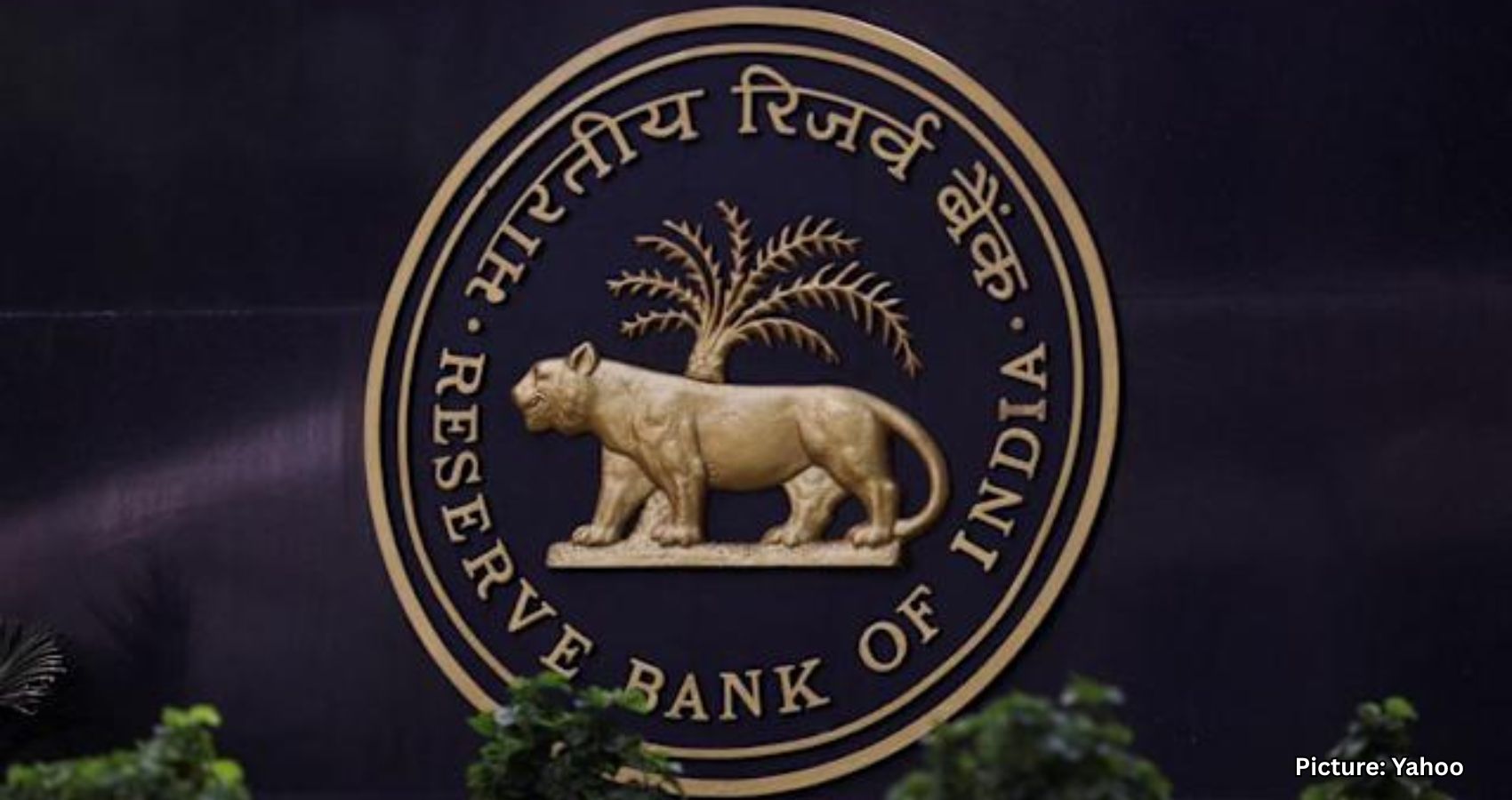India’s economy continues to show resilience in the face of global uncertainties, with the nation’s central bank projecting a future marked by “cautious optimism.” This assessment was shared in the Reserve Bank of India’s (RBI) latest monthly bulletin, released late on Wednesday, underscoring the country’s economic steadiness and potential for sustained growth despite turbulent international conditions.
The RBI noted that although the global economic environment remains volatile and uncertain, India is strategically positioned to endure and benefit from the changing dynamics. “The global economic outlook remains clouded amidst shifting policy landscapes and lingering vulnerabilities,” the RBI bulletin stated, highlighting the persistent global challenges that economies are currently facing. Despite this, the RBI expressed confidence in India’s trajectory, stating, “India stands well-positioned to navigate the ongoing global headwinds with confidence, ready to harness emerging opportunities and consolidate its role as a key driver of global growth.”
As global trade dynamics continue to evolve, India is actively pursuing a trade agreement with the United States. The initiative follows President Donald Trump’s decision on April 9 to announce a 90-day moratorium on planned tariff hikes for major U.S. trading partners, including a proposed 26% tariff targeting India. New Delhi is utilizing this temporary pause to negotiate a mutually beneficial trade pact aimed at avoiding the steep tariff. Indian officials are moving swiftly to reach an agreement within this brief window to safeguard bilateral trade interests.
Amid these international trade talks, domestic economic policy in India has seen notable adjustments. In April, the RBI decided to lower its key policy interest rate for the second time in a row. Additionally, it signaled the possibility of further rate reductions in the future by shifting its monetary policy stance from ‘neutral’ to ‘accommodative.’ This change indicates the central bank’s willingness to support economic growth by maintaining lower borrowing costs, particularly in light of declining inflationary pressures.
Inflation, once a key concern, appears to be stabilizing. The bulletin emphasized that inflationary pressures have substantially eased, with the consumer price index (CPI) showing signs of aligning with the central bank’s long-term targets. “Inflation pressures have eased significantly and the consumer price index is poised for a durable alignment with the target in 2025-26,” the RBI explained. In a reassuring development, India’s retail inflation in April dropped to 3.16%, marking the third consecutive month it stayed below the RBI’s 4% target. This is also the lowest inflation rate recorded since July 2019, offering policymakers greater flexibility to stimulate the economy without the fear of overheating.
The RBI also touched on global supply-side trends, noting some improvement. “While policy uncertainty has intensified, supply side pressures on the global economy are showing signs of relenting,” the bulletin noted. This suggests that bottlenecks and constraints that had plagued supply chains during and after the pandemic may be gradually easing, potentially leading to smoother trade and production flows.
Beyond macroeconomic indicators and international policy, the bulletin took a closer look at a specific domestic issue—food inflation driven by climate change and unusual weather patterns. In an article focused on how weather anomalies are affecting vegetable prices, the RBI highlighted a concerning trend. It observed that temperature anomalies, such as extreme heat or unseasonal cold, have become more frequent and intense in recent times. These weather disruptions have a direct impact on agricultural yields, particularly vegetables, which are sensitive to temperature fluctuations.
To counter these challenges, the RBI advocated for swift adoption of crop varieties that can withstand rising temperatures. The bulletin noted, “Temperature anomalies have increased in recent periods, raising the need for faster adoption of temperature-resistant crop varieties to support the objective of price stability.” This recommendation aligns with broader efforts to enhance agricultural resilience amid the growing impact of climate change, thereby ensuring food security and stable prices for essential commodities.
Overall, the RBI’s assessment combines a realistic acknowledgment of global economic instability with a confident outlook for India’s ability to stay the course. It reflects the central bank’s strategic balancing act—acknowledging international headwinds while promoting domestic policy tools to support growth, maintain inflation targets, and adapt to climate-induced supply risks.
The central bank’s approach remains data-driven and focused on long-term stability. Its accommodative stance suggests continued support for sectors that may require stimulus, particularly if external conditions remain fragile. The bulletin serves not only as a snapshot of the current economic situation but also as a roadmap for policymakers aiming to steer the Indian economy through global disruptions while capitalizing on emerging opportunities.
India’s economic policy, as outlined by the RBI, seems grounded in pragmatism with a vision for inclusive and sustained growth. The combination of easing inflation, potential trade agreements, and monetary support reflects a multifaceted approach to strengthening economic foundations.
Despite the complex international environment, India appears to be making deliberate and strategic moves to fortify its economy. With the central bank keeping a close watch on inflation, global trade relations, and the impact of climate change on agriculture, the country’s leadership is laying the groundwork for continued stability and long-term prosperity.
India’s ability to manage these dynamics could help it maintain a central role in global economic growth. As the RBI put it, “India stands well-positioned to navigate the ongoing global headwinds with confidence.” This blend of cautious optimism and strategic policymaking might well define India’s economic narrative in the years ahead.

